1971 War: Indian accounts
This is a collection of articles archived for the excellence of their content. |
Lt Gen Sagat Singh
Parul Kulshrestha, December 23, 2020: The Times of India
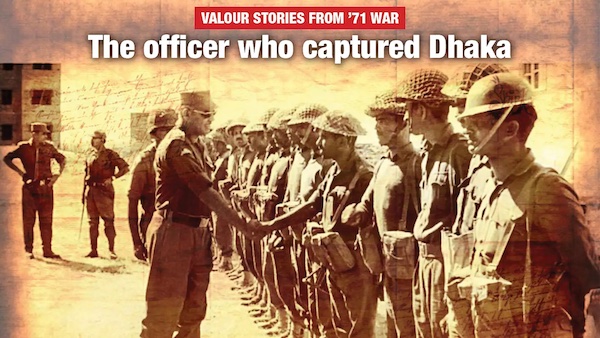
From: Parul Kulshrestha, December 23, 2020: The Times of India
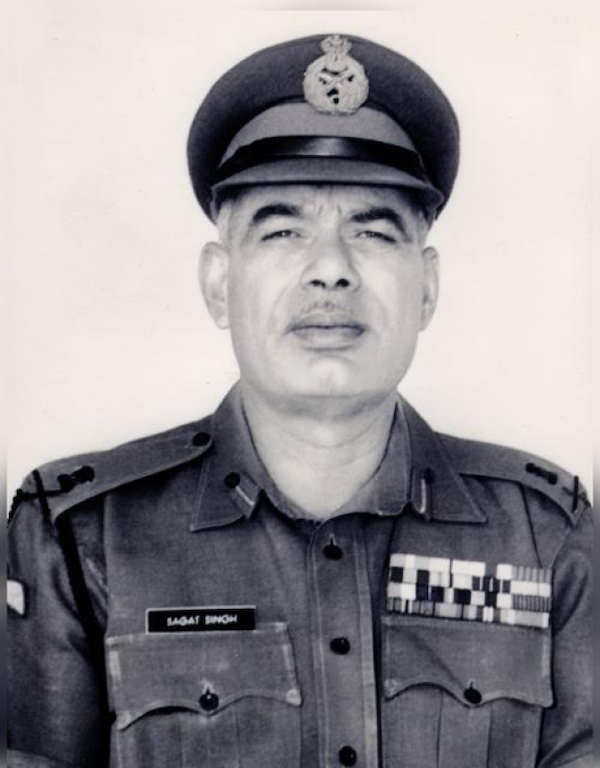
From: Parul Kulshrestha, December 23, 2020: The Times of India
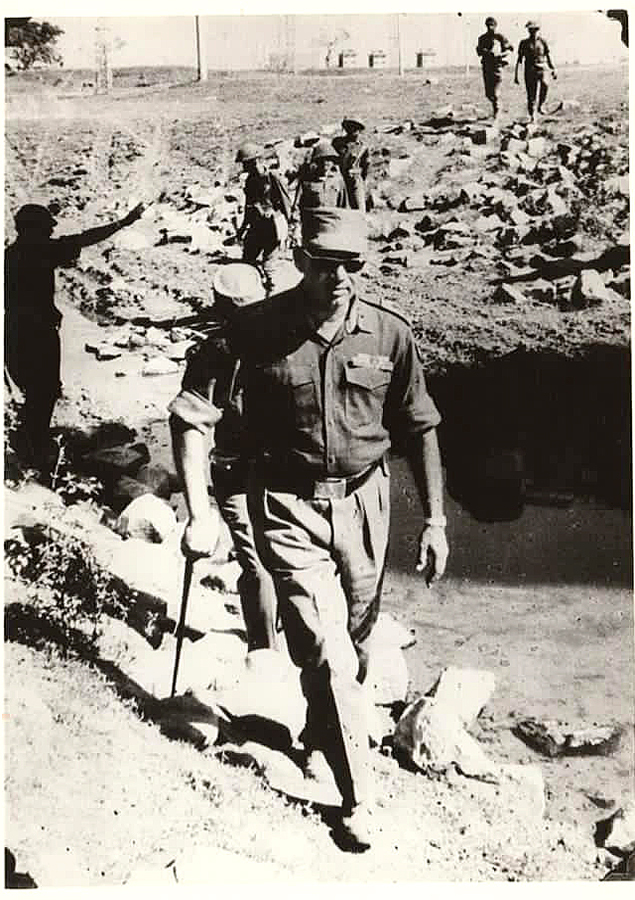
From: Parul Kulshrestha, December 23, 2020: The Times of India
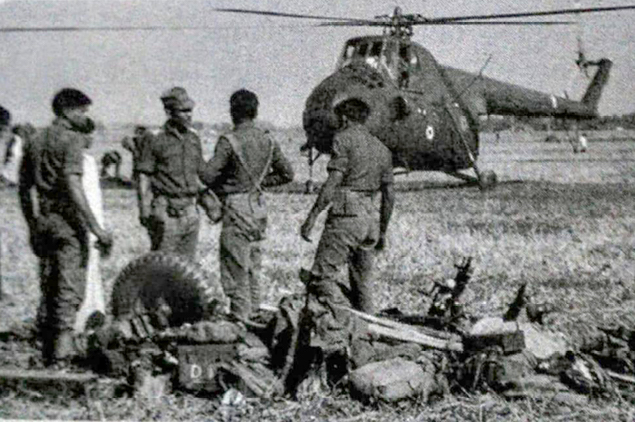
From: Parul Kulshrestha, December 23, 2020: The Times of India
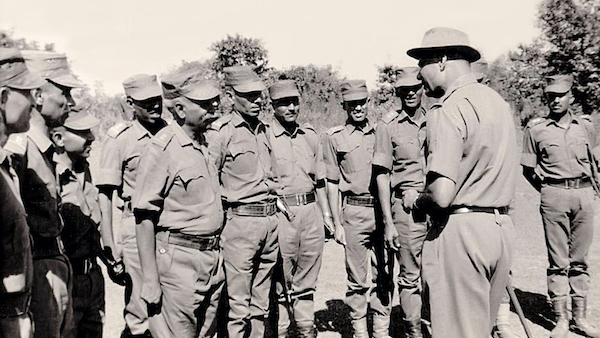
From: Parul Kulshrestha, December 23, 2020: The Times of India
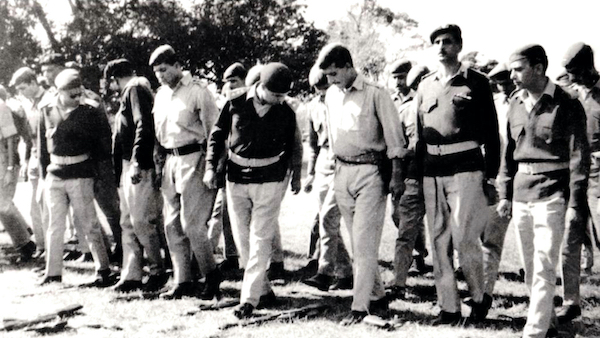
From: Parul Kulshrestha, December 23, 2020: The Times of India
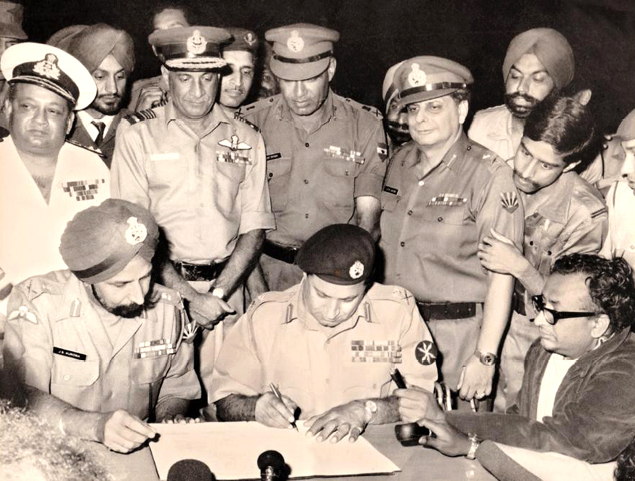
From: Parul Kulshrestha, December 23, 2020: The Times of India
Born July 14, 1919 in Bikaner state of the erstwhile Rajputana, Sagat belonged to a family of soldiers. His father fought in World War I from the famous Camel Corps of Bikaner Risala. After passing out from Indian Military Academy in 1941, Sagat took part in World War II from Bikaner State Forces. After Independence, he opted to be part of Indian Army.
When war broke out in Bangladesh, then East Pakistan, Lt General Sagat Singh, commanding 4 Corps, was given the task to advance and capture all the territory to the east of Meghna river. There were three other battalions as well entering from different directions into East Pakistan. According to military historians, the original plan was to just capture a major portion of East Pakistan. Major General V K Singh in his book ‘Leadership in Indian Army’ mentions that although Dacca (Dhaka) wasn’t spelt out in the instruction given by the Army headquarters, high commands had decided that once every corps achieved its task, the forces would re-group and then launch a combined attack on Dacca from West. After a few days of war, it became clear to Sagat that only capture of Dacca would end the war. His seniors denied him the permission, which Sagat refused to abide by and started planning to enter Dacca. Pakistanis had destroyed the bridge on Meghna river leaving steamers and helicopter only option to move further.
On December 9, 1971, Sagat commandeered many steamers and used his 12 MI-4 helicopters to airlift the troops to helipads that had been marked by torches. The operation lasted 36 hours. Major General Singh wrote that this was one of the first times when an air-bridge was used to cross a major water obstacle by a brigade group.
After a few days, all the corps started advancing towards their goals and on December 14, the first attack on Dacca took place. Unfortunately, Sagat’s brigade wasn’t the first one to enter Dacca city, but the artillery shelling by his men on the nights of December 15 and 16 hastened the surrender of Pakistan and a ceasefire was declared on December 16. After the liberation of Bangladesh, Sagat was given the responsibility to stay in the newly formed country to maintain peace and security. His prime worry was to prevent men of Mukti Bahini groups (freedom fighters of Bangladesh liberation) from taking pot shots on Pakistani army. He had to shift all the higher Pakistani officials to Kolkata in fear of them getting shot by Mukti Bahini boys.
He sent troops to the Dhanmondi area to rescue Sheikh Mujibur Rahman’s family to safety. By December 25, peace had returned to Dacca.
Despite good performance in the Bangladesh war, earlier in Operation Vijay capturing Goa in 1961 and his wise decision of holding on to Nathu La post defying his senior’s orders in 1967, Sagat was never given any gallantry award. He was awarded Padma Bhushan later, which is rarely given to soldiers. Sagat retired in 1974 and settled down in Jaipur. On September 26, 2001, he passed away after a prolonged illness.
2
Vikram Jit Singh, August 25, 2018: The Times of India
Bullet that played with fate of 1971 war
CHANDIGARH: Had a bullet veered just a few millimetres more, India's offensive to Dhaka over the river Megha may have received a major jolt during the 1971 war. This was when the heroic IV corps commander and Padma Bhushan awardee, the late Lt Gen Sagat Singh, got a bit too daring for his own good and insisted on flying into enemy territory to undertake a recce to locate landing spots for infantry troops to be borne by Mi-4 helicopters. Though the corps commander found one landing spot without trouble, the search for the next one flew into hostile fire with the helicopter receiving quite a few bullets, the pilot a bullet in his upper thigh and another bullet grazing Lt Gen Singh's forehead and piercing through his peak cap. These incidents and anecdotes of `Op Cactus-Lily' were revealed in a fascinating audio-visual presentation on Tuesday by retired Air Marshal Man Mohan Singh (Vir Chakra), who led the 15 Squadron of Gnats during the War. “Jorhat station commander Group Captain Chandan Singh tried hard to discourage Lt Gen Singh from going for the recce but the latter was insistent. Lt Gen Singh was of the view that the Pakistanis did not have a continuous line of defence on the western side of the Meghna river and there would be gaps where our troops could be landed. So, off he flew with a reluctant Group Captain Chandan for the recce and they had a providential escape. On getting to know of the incident and location of the fire, my squadron scrambled some gnats and we blew up that location and the buildings there with rocket fire,“ Air Marshal Singh told TOI. Lt Gen Singh, who also was in the vanguard of the 1961liberation of Goa as then commander of the 50 (Independent) Parachute Brigade, certainly was aleader who brooked no `ifs and buts' when it came to operations. “After the troops had landed across the Meghna river, Lt Gen Singh asked the commander of a squadron of PT-76 amphibious tanks to cross the river. The squadron commander pointed out to Lt Gen Singh that the Meghna was 1.5 km wide and subject to intense tides of 8 knots. The PT-76 tanks were meant to cross European rivers, which were as docile as canals.However, Lt Gen Sagat was firm. He told the squadron commander that get the tanks across even if half of them sink. The orders were obeyed and the tanks went across, though a few of them stalled midway and timely help of local river folk helped them to cross safely,“ recounts Air Marshal Singh.
Lt Gen Singh was able to race through to Dhaka by crossing the Meghna using courage and tact. The stage was now set for the mega event of `Surrender at Dhaka', December 16, 1971.“While the photograph of the Eastern Army Commander, Lt Gen Jagjit S Aurora at the surrender ceremony is truly an iconic one, what took everyone by surprise was that Lt Gen Aurora flew in for the ceremony in an Avro aircraft from Kolkata to Agartala with his wife in tow.From Agartala, the couple then took a helicopter to Dhaka for the ceremony . I also flew down to Dhaka for the ceremony with Group Captain Chandan Singh.What took everyone by surprise was the presence of Aurora's wife for wives are not taken into the war zone. I believe the then Army COAS ticked off Lt Gen Aurora for the transgression,“ Air Marshal Singh told TOI.
A memorable encounter at Dhaka was with the Pakistan Air Force's Air Officer Commanding, Dhaka, Inamul Haq, who was a prisoner and later rose to the rank of Air Marshal. “I saluted and introduced myself as the 15 Squadron commander of Gnats and we exchanged due courtsies. He was curious to know which special bombs the Russians had given to the IAF that had so accurately bombed out the PAF runaways at Tezgaon and Kurmila. I told him that the IAF's Squadrons 4 & 28 of MiG 21 FLs had used 'dumb' bombs or free-falling bombs (USSR-made 500 kg, M-62 bombs) but there was nothing special about them. Haq was very impressed with the bombing accuracy and commended the IAF bomber pilots,“ recalled Air Marshal Singh.